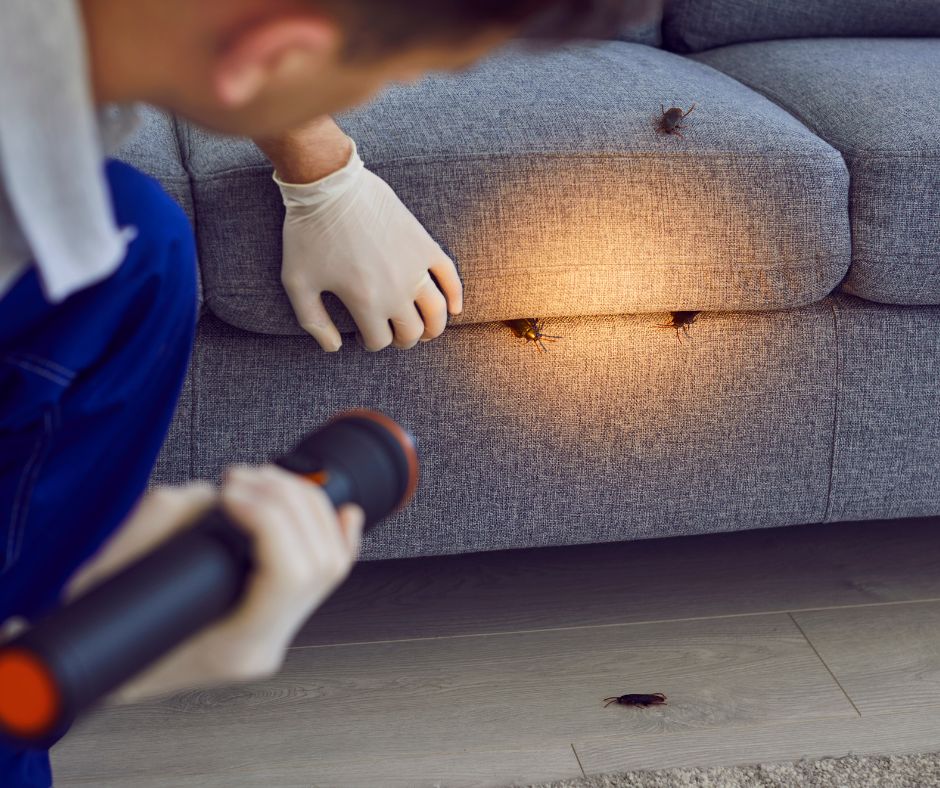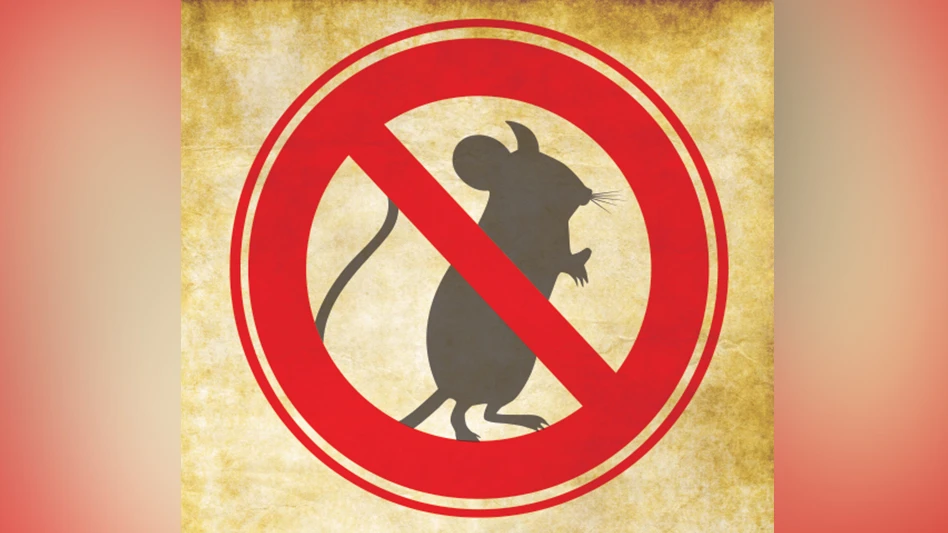Expert Mosquito Control Services for a Pleasant Outdoor Living Space
Wiki Article
Discover the most up to date Advances in Insect Control and How to Implement Efficient Treatment Solutions
In recent years, the area of insect control has experienced substantial improvements, driven by the need for effective and sustainable therapy services. Ingenious techniques such as Integrated Pest Administration (IPM) combine eco-friendly exercise with cutting-edge technology, improving both effectiveness and ecological obligation. Furthermore, the integration of wise innovations and do it yourself approaches has encouraged individuals to tackle bug problems a lot more effectively. As we check out these growths, it ends up being necessary to comprehend exactly how best to carry out these methods in various setups to achieve ideal outcomes. The effects for pest monitoring methods could be transformative.Eco-Friendly Pest Control Options
Over the last few years, the need for environmentally friendly bug control choices has risen as house owners and companies alike seek sustainable alternatives to traditional chemical treatments. This shift is driven by expanding ecological awareness and a need to reduce the health risks related to synthetic chemicals.

Environment-friendly insect control approaches incorporate a variety of strategies that prioritize the use of natural materials and practices. Integrated Pest Management (IPM) is one such method, integrating organic, social, and mechanical methods to manage insect populaces while lowering reliance on chemicals (Wildlife removal services). This all natural method stresses avoidance via environment adjustment and the intro of natural killers, thereby promoting a well balanced ecological community
Another prominent alternative is making use of botanical chemicals originated from plants, which tend to be much less harmful to non-target microorganisms. Products like neem oil and diatomaceous earth have actually obtained grip for their efficiency in regulating insects while posing very little threats to human wellness and the environment.
Furthermore, exemption techniques, such as securing access factors and maintaining sanitation, play an important function in eco-friendly bug monitoring. By taking on these lasting practices, people and services can efficiently take care of pests while promoting a healthier earth for future generations.
Smart Modern Technology in Parasite Administration
Innovation is reshaping the landscape of parasite monitoring, with smart modern technology becoming a crucial force in improving effectiveness and performance - Wildlife removal services. The assimilation of Net of Things (IoT) devices, artificial intelligence (AI), and information analytics is changing exactly how pest control professionals approach invasions
Smart catches geared up with sensing units can find parasite activity in real-time, sending out prompt informs to operators. This enables prompt reactions, lessening damages and minimizing the need for extensive treatments. Furthermore, AI formulas examine historical information to anticipate pest habits, enabling proactive treatments based on ecological conditions and problem patterns.
Drones and automatic vehicles are likewise playing a significant duty in insect monitoring, offering airborne assessments of big locations, determining hotspots, and also distributing targeted therapies. These technologies not only simplify operations however additionally improve safety and security by limiting human direct exposure to potentially harmful chemicals.
In addition, mobile applications equip customers to monitor bug activity and gain access to expert guidance, promoting a collaborative technique to pest management. In general, the fostering of smart innovation is establishing a new requirement in parasite control, emphasizing data-driven decisions and lasting techniques that ultimately benefit both property owners and experts alike.
Integrated Parasite Management Techniques
Integrated Bug Monitoring (IPM) employs a holistic strategy to pest control, combining numerous strategies to properly manage bug populaces while lessening dangers to human health and wellness and the setting. IPM rotates around understanding the pest life cycle, their all-natural opponents, and the ecological community in which they flourish.Among the basic parts of IPM is monitoring pest populations through normal examinations and information collection. This permits for the recognition of bug limits, identifying when treatment is necessary. Social methods, such as crop turning, environment, and hygiene manipulation, are important in decreasing pest prevalence and advertising plant health and wellness.
Mechanical controls, including traps and barriers, are additionally crucial in IPM. These techniques can physically get rid of or prevent pests without using chemicals. When required, the judicious application of chemical controls is employed, concentrating on targeted therapies that reduce environmental influence.
Education and collaboration amongst stakeholders, including farmers, insect control experts, and the neighborhood, are important for the successful execution of IPM strategies. By focusing on sustainable techniques, IPM not only addresses pest issues however also cultivates a healthier ecosystem.
Biological Control Techniques
Various organic control methods are significantly acknowledged for their performance in handling pest populations while advertising environmental balance. These techniques harness all-natural killers, parasites, and microorganisms to reduce pest numbers without relying upon artificial chemicals. The introduction of ladybugs can successfully control aphid populations, while nematodes target soil-dwelling pest larvae.Furthermore, the usage of microbial pesticides, such as Bacillus thuringiensis (Bt), gives an environmentally pleasant alternative for handling caterpillar pests. These products especially target pest species, lessening injury to helpful bugs and pollinators. Preservation biological control stresses boosting habitats for natural opponents, such as birds and valuable insects, thus motivating their existence in farming systems.
Study remains to reveal innovative techniques within this area, such as making use of scents to interfere with pest breeding patterns or the development of biocontrol agents through genetic modification. Applying these approaches can bring about lasting parasite management practices that mitigate the reliance on chemical interventions, ultimately fostering healthier ecosystems. As awareness of these methods grows, they are ending up being important elements of integrated insect administration (IPM) techniques, providing a balance between reliable parasite control and ecological stewardship.
Do It Yourself Bug Control Solutions
As property owners seek effective Pest control services ways to take on bug problems, DIY pest control solutions have actually acquired popularity for their ease of access and cost-effectiveness. These methods encourage individuals to attend to invasions utilizing readily offered products and methods, frequently without the need for specialist treatment.
In addition, maintaining proper cleanliness and routine examinations can prevent insect entrance and nesting (Wildlife removal services). Basic techniques, such as securing cracks, removing food sources, and decluttering, can dramatically diminish insect populations. Traps, both homemade and commercially offered, can likewise use effective services for tracking and regulating specific pests like rodents or insects

Conclusion
The assimilation of eco-friendly bug control alternatives, smart innovation, and innovative monitoring methods presents a thorough approach to effective bug monitoring. By accepting Integrated Bug Administration (IPM) and utilizing organic control approaches, alongside Do it yourself solutions, sustainable and liable parasite control can be achieved.Environment-friendly insect control techniques incorporate an array of techniques that prioritize the usage of natural substances and practices. Integrated Insect Management (IPM) is one such technique, incorporating organic, social, and mechanical techniques to take care of pest populations while minimizing reliance on chemicals. As awareness of these strategies grows, they are coming to be important components of integrated parasite monitoring (IPM) methods, providing a balance in between efficient bug control and environmental stewardship.
The assimilation of environment-friendly parasite control alternatives, smart technology, and ingenious administration approaches provides a detailed strategy to efficient pest monitoring. By welcoming Integrated Bug Monitoring (IPM) and utilizing biological control methods, together with Do it yourself services, sustainable and accountable bug control can be achieved.
Report this wiki page